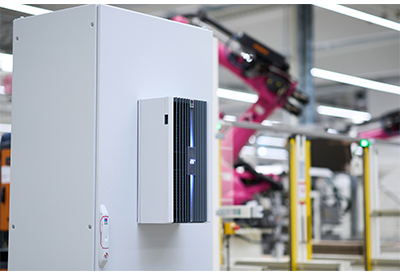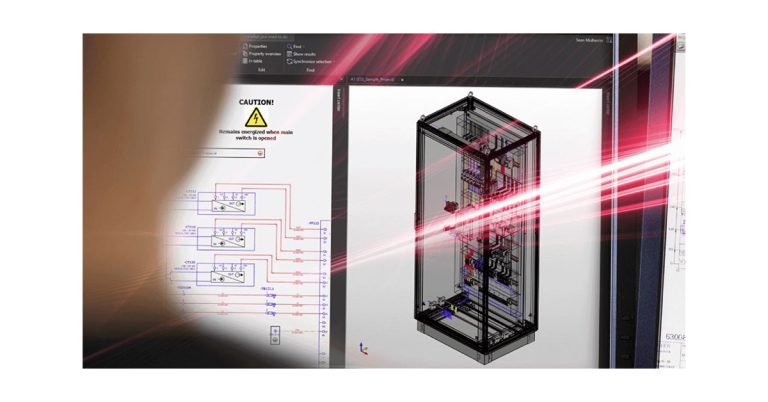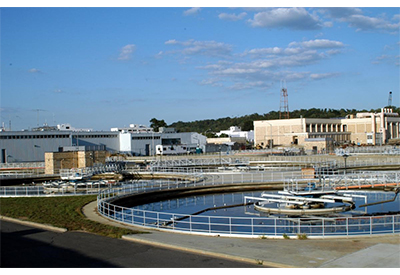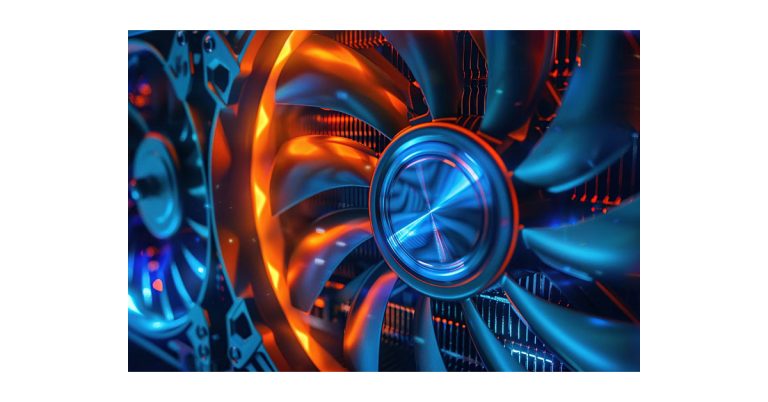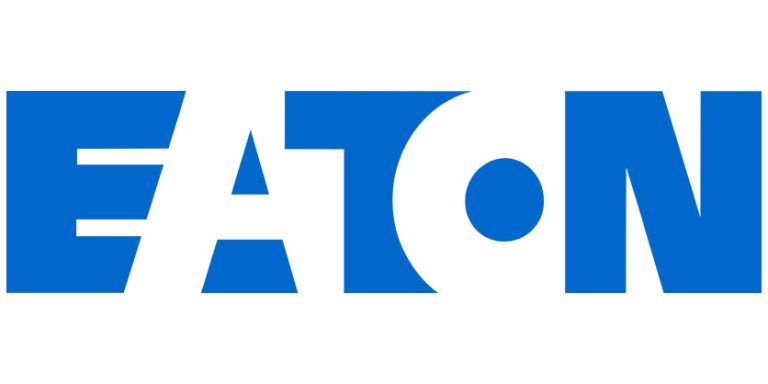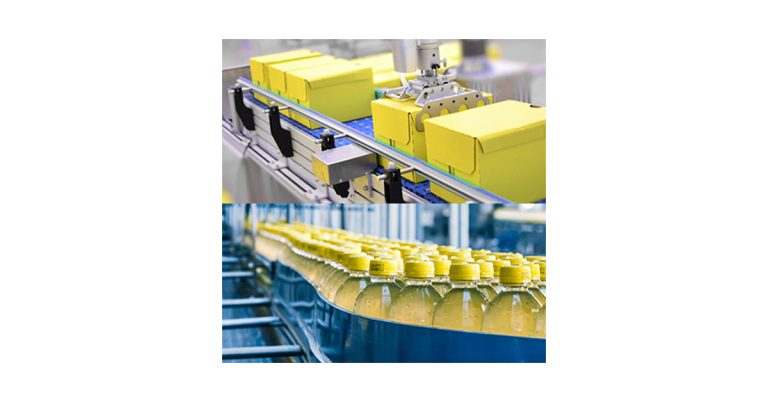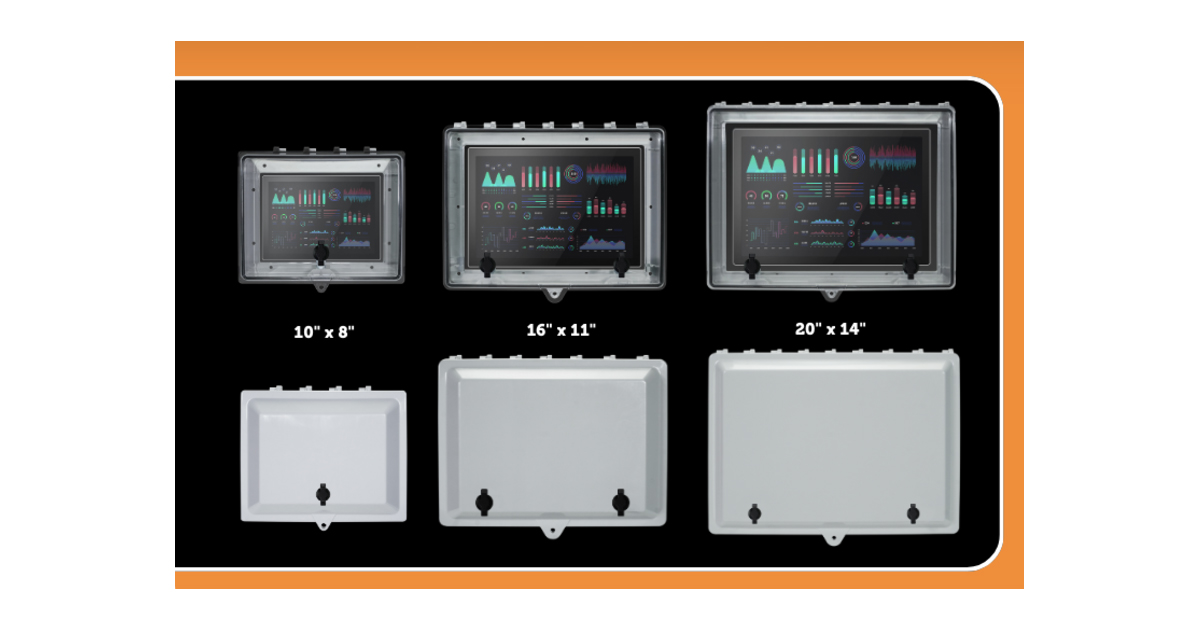What to Know About Industrial Enclosure Heating
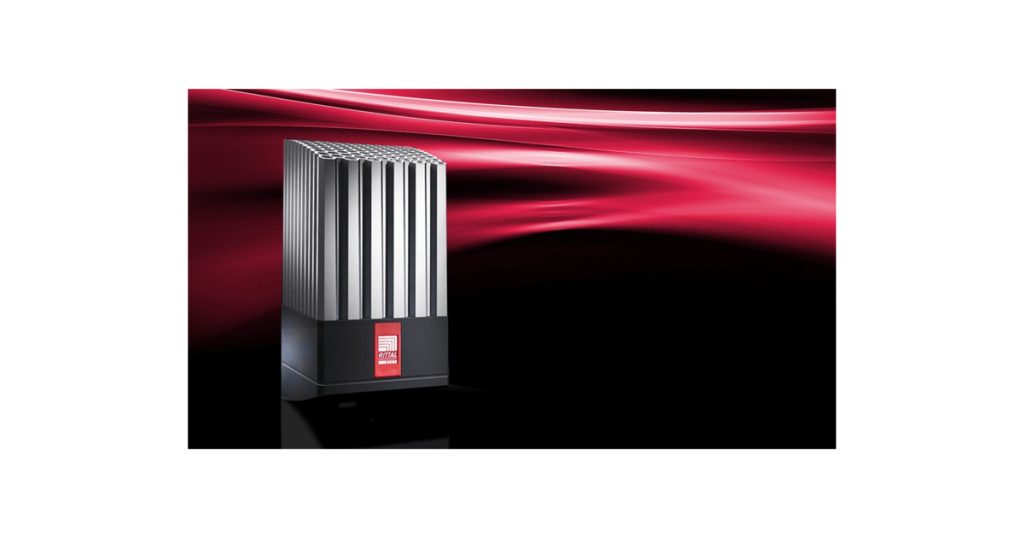
October 25, 2024
The ability to efficiently cool industrial enclosures is key in optimizing the performance of your automation infrastructure, especially in harsh manufacturing environments. But industrial enclosure heating is just as key to increasing the productivity and durability of your manufacturing programs, particularly in deployments where colder temperatures are the norm.
Many of the same considerations designers account for with enclosure cooling still apply to specifying the ideal enclosure heaters, including: targeted heating with the appropriate thermal output; energy-efficient operation; and application versatility.
But industrial enclosure heating does present some unique circumstances. This article will look at what designers need to know about industrial enclosure heating to help maximize uptime, reduce costs, and control the automation footprint.
How do industrial enclosure heaters work?
As you might expect, industrial enclosure heaters combat detrimental occurrences such as the buildup of frost, ice, and condensation, while maintaining an optimal operating temperature for enclosed electronics. The increases in outdoor manufacturing sites — particularly in the automotive industry with the surge in electric vehicle charging stations, but also in the energy and power space — have increased the importance of 24/7 production in colder environments.
With an enclosure heater, a resistor converts electricity into a heat source. This resistor, known as a PTC resistor, increases its resistance as the electric current decreases, which in turn decreases the enclosure temperature. The PTC resistor functions as an acceleration pedal with a governing device on it to provide the appropriate thermal output, while helping to ensure the electronics inside do not overheat and are not subjected to elevated temperatures that would hamper performance.
One component that’s unique to enclosure heating is the fine line between preventing ice and condensation accumulation while maintaining thermal outputs that don’t put too much stress on the electronics inside the enclosure. Elevated temperatures can essentially fry components inside the enclosure, causing failures and unplanned maintenance intervals.
What are the ideal features of an enclosure heater?
Regardless of the application, there are key features to look for when specifying an enclosure heater that creates flexible thermal outputs, protects the enclosure, and promotes energy efficiency and productivity. Some of the these features include:
- Continuous thermal outputs via fan technology. The ability to create a range of thermal outputs is also key in helping manufacturers deploy standardized heaters in a larger variety of deployments
- A thermostat to better help monitor and regulate the temperature inside the enclosure, and to direct more targeted thermal outputs precisely where and when heating is required
- The ability to facilitate targeted heating in extreme cold. For example, Rittal’s enclosure heaters are designed to provide reliable heating even at – 40° C
Not only can these features help regulate relative humidity, prevent temperatures from dropping below the dew point, and stop condensation from forming inside the enclosure, they also help prevent corrosion or electrical short circuits, which can increase maintenance costs and reduce the service life of your equipment.
What should designers know about the enclosure heater installation process?
There are several important considerations for specifying enclosure heaters that can help streamline the installation and integration process. These points are especially important given the wide range of enclosure heating applications and the need to help manufacturers reduce the time, resources, and labor required to assemble or install heaters.
The important considerations in proper enclosure heater installation include:
- Mounting the heater within the enclosure as close to the ground as possible
- Installing the heater beneath the electronics that require targeted heating
- Ensuring the distance between the heating solution and the bottom of the enclosure is at least 100 mm
- Allowing adequate free space around the heating solution
- Integrating a thermostat and/or hygrostat, depending on the application
The modular design and engineering of Rittal’s enclosure heating solutions not only account for these installation guidelines, but Rittal’s enclosure heaters provide a variety of fan integration options, continuous thermal output with a variety of BTU/hr capabilities, dynamic thermostat interfaces, and aluminum construction for ease of installation. What’s more, Rittal’s enclosure heaters offer thermal output flexibility ranging from 235 – 800 W of continuous heat.
In addition, Rittal’s enclosure heaters combine innovative state-of-the-art targeted heating with the ability to scale your heating solution to meet the exact needs of your application.


